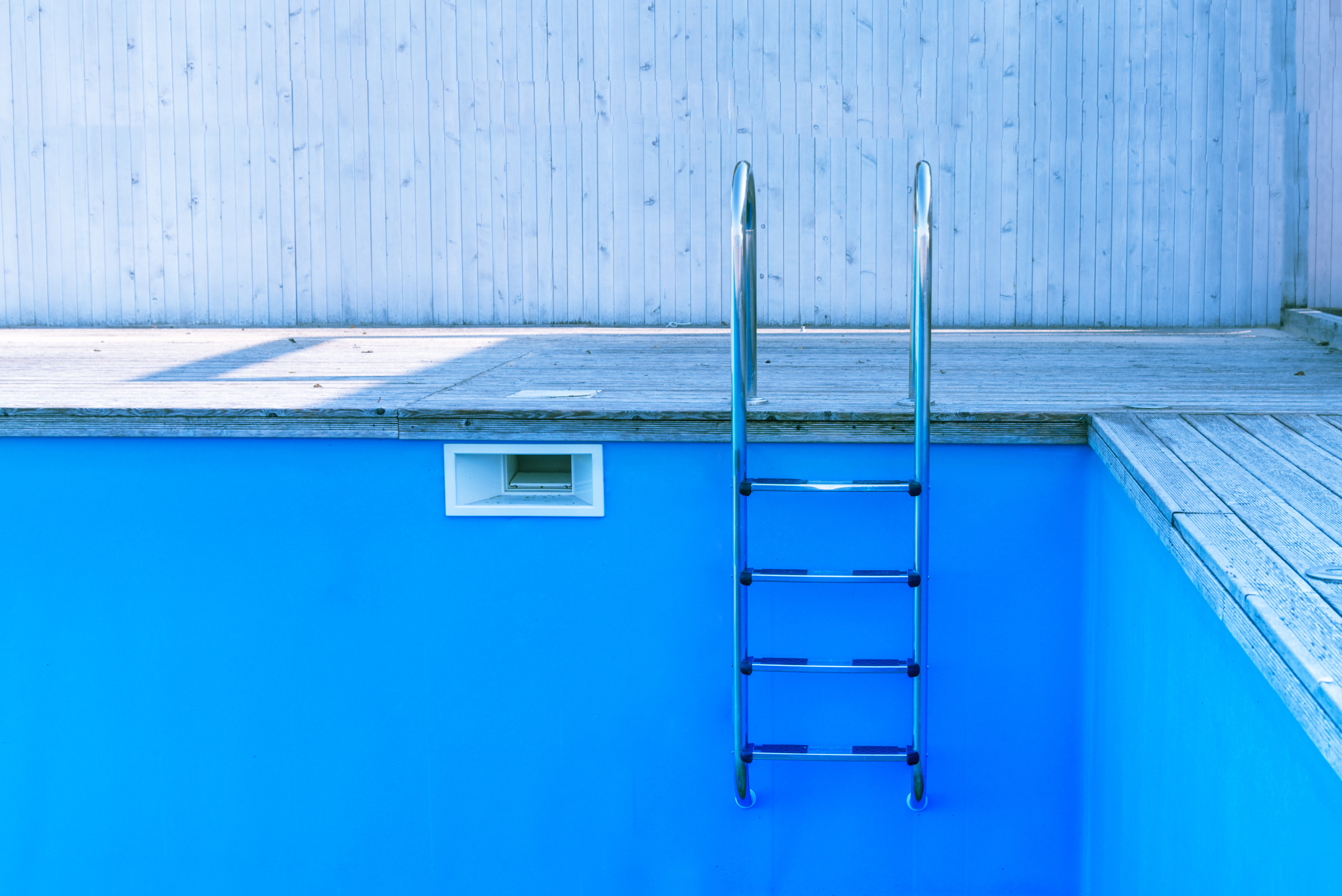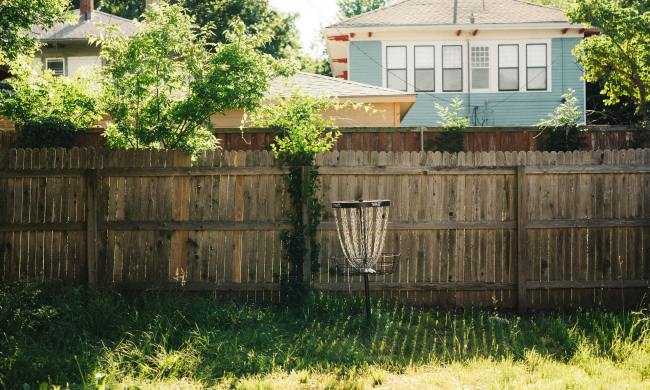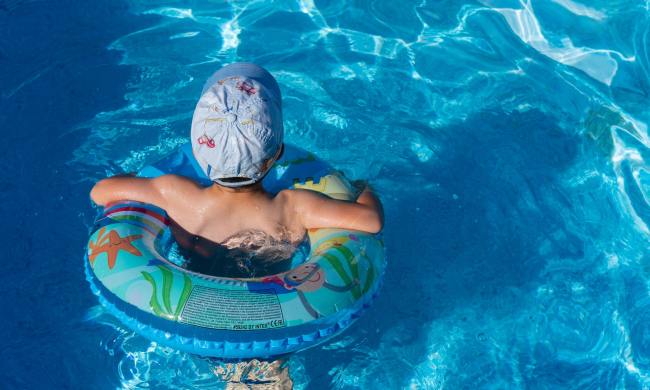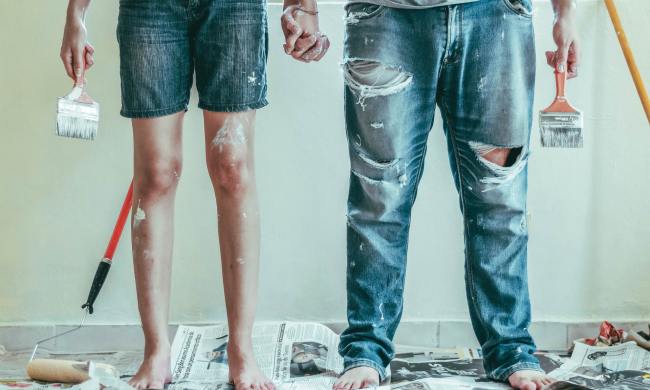Swimming pools are so much fun in the hot summer months, but the maintenance can be tricky if you aren’t a professional. Draining your pool in particular can seem like a difficult task. While some steps can vary depending on what type of pool you have, most of these steps will hold true for any type of pool. No matter why you’re draining your pool, here are the basics!
How to drain the water from your pool

The first thing you should consider is consulting an expert. This can be helpful in determining whether or not you actually need to drain your pool and can help you prepare for the undertaking. If you’re draining your pool to do repairs, you should almost certainly talk to a professional to see if the damage you’re repairing will impact the draining process. It’s also important to make sure you have all the supplies you’ll need before you get started.
Once your pool is drained, you’ll want to clean or repair it and then refill it quickly to prevent any problems. Before you start draining your pool, check that there are no chemicals left in the water. Your water should be as neutral as possible to avoid any chemical waste making its way into your yard. You also want to consider the weather. A sunny day with temperatures of under 80 degrees Fahrenheit is ideal. If you have an inground swimming pool, avoid draining your pool following heavy rains, as rain makes the ground softer, which can lead to your pool popping out of the ground.
The first step to draining your pool is to turn off any pool equipment you have in place. This includes things like underwater lights and your pump. Underwater pool equipment is kept cool through the water, so once the pool is drained, it can easily overheat if left on. Although your pool pump can be used to drain part of your pool, once the water level gets too low, the pump will begin taking on air instead of water, which damages the pump. Instead, use a submersible pump. Make sure the pump’s power cord is long enough to reach out of the pool, securely attach your drainage hose, and place the pump in the deep end of your pool.
If your pool is an inground pool, then once it’s almost entirely drained, you’ll need to open the hydrostatic pressure relief valve. That sounds technical and unpleasant, but it’s honestly not that bad. The valves are the small white circles embedded in the bottom of your pool. They’re there to relieve pressure created by groundwater. When your pool is full, the weight of the pool water counteracts the groundwater, but once the pool water is drained, the groundwater no longer has anything holding it down, and pressure starts to build. If your valves stay closed, the pressure can damage your pool or even cause it to pop out of the ground.
Depending on the lining of your pool, you may have a cover that needs to be removed first. Valve removal tools can be bought at most pool supply stores, but large pliers will also work. Twist the valve out of its socket and set it somewhere safely out of the way. Unless your valve is old or damaged, you can reuse this valve when you’re ready to refill your pool.
Where should the runoff go?
Your runoff should not go into your yard. The sudden influx of water and potential chemicals can cause a lot of damage to the ground. Instead, drain your pool into the nearest sewer clean-out. The ideal clean-out is downhill from your pool so that the pump doesn’t need to work as hard, but if the only available clean-outs are uphill, it isn’t impossible to drain into them — it may just take a bit longer. Some cities allow for water to be drained into the street or storm drains, but others do not. Check with your local authorities to see what the regulations are in your area.
Do you need to get approval to drain your pool?
This is another thing that you’ll need to check with your local authorities about first. Some areas don’t need any approval, as long as you’re disposing of your water properly. Others do require approval, and improper draining can lead to hefty fines.
Swimming pool maintenance can seem technical and overwhelming, but ultimately, it doesn’t have to be. By following the steps carefully, consulting with an expert as necessary, and using your best judgment, you can be self-sufficient. Now that you know how to drain your swimming pool, you can experience the satisfaction that comes with doing it yourself.
Looking for more? Read on further and learn everything you need to know about pool maintenance during winter.




